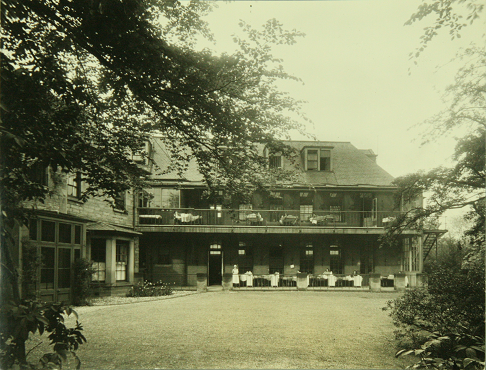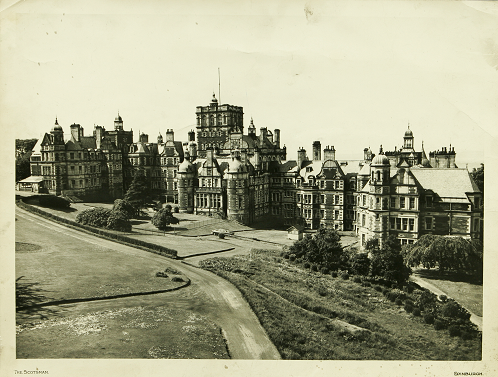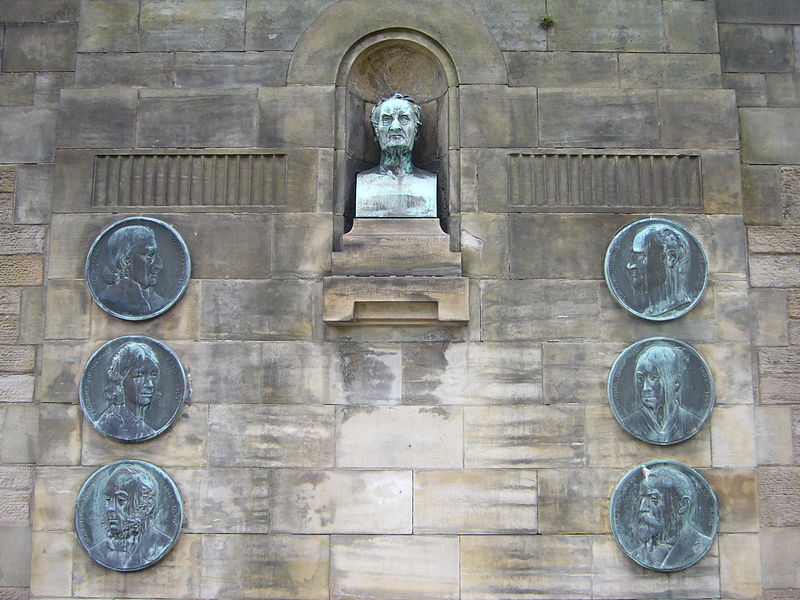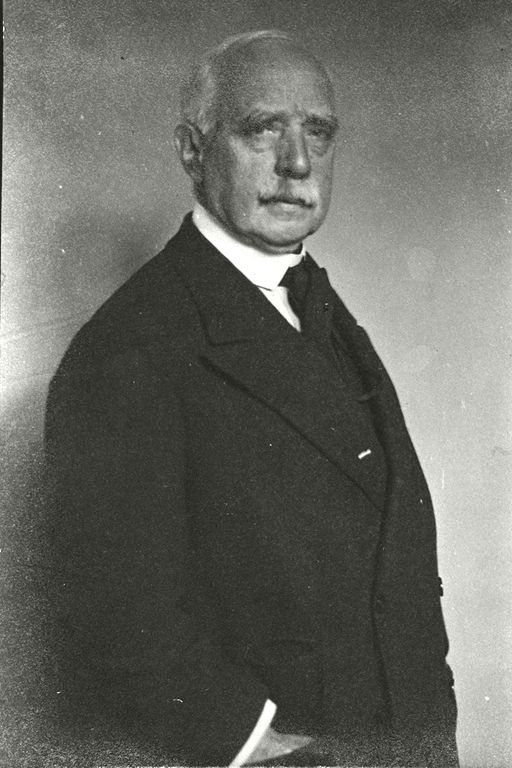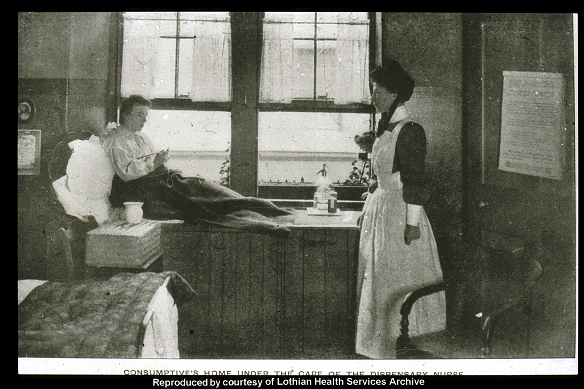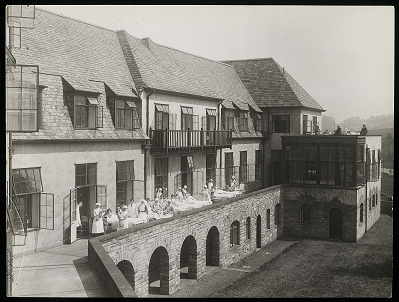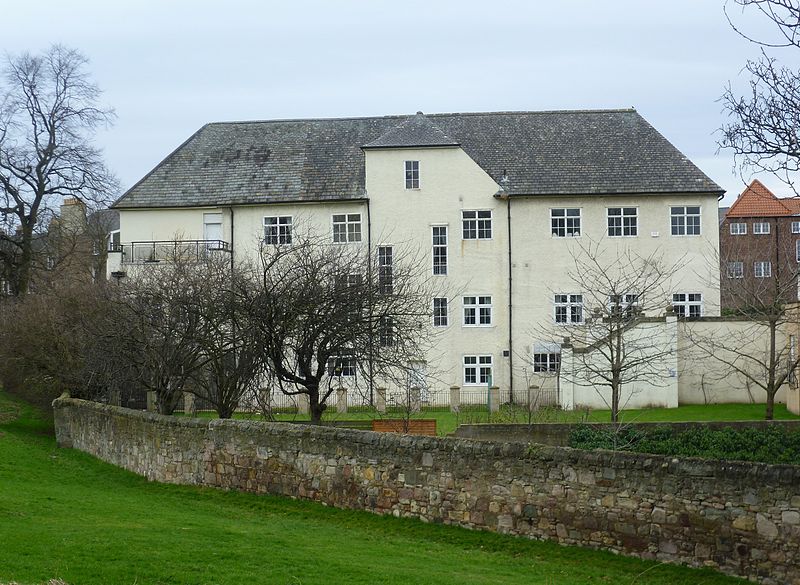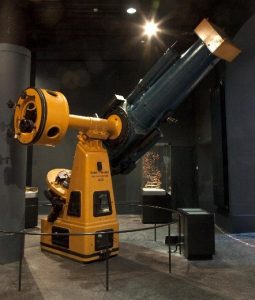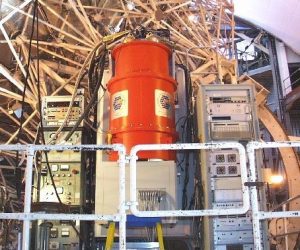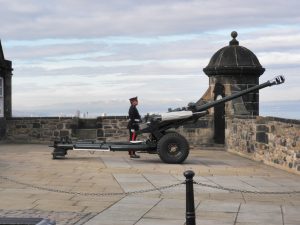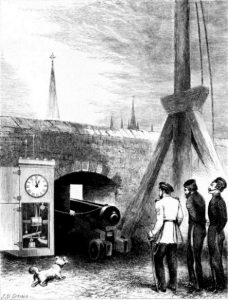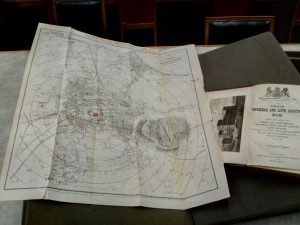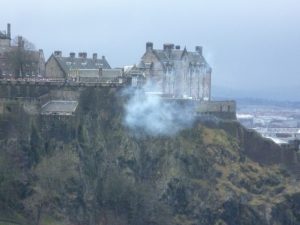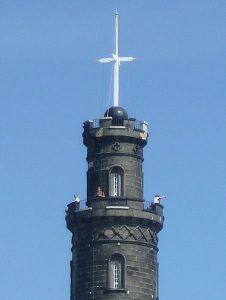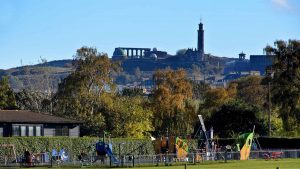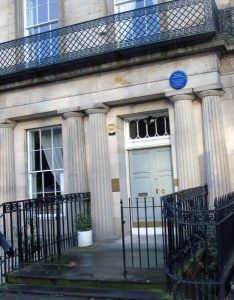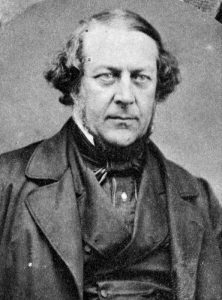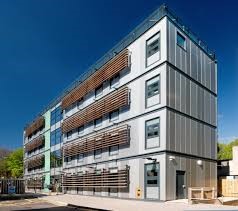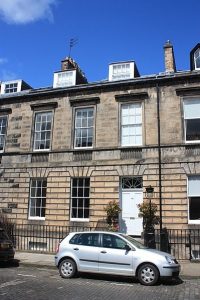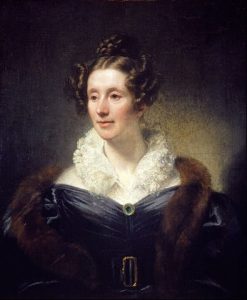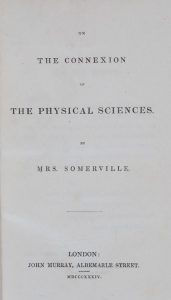92 Whitehouse Loan, EH9 1BD
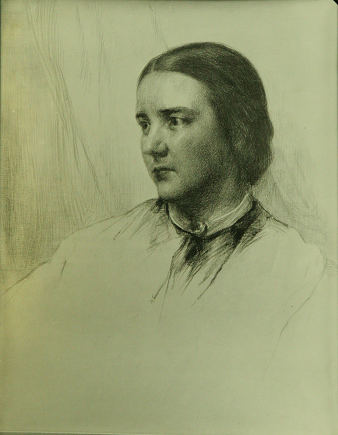
This is the site of the Bruntsfield Hospital. Dr Sophia Jex-Blake, one of the first women to be enrolled at a British university and the founder of the Edinburgh School of Medicine for Women, lived and practised here in Bruntsfield Lodge with her partner Dr Margaret Todd. When Jex-Blake retired in 1899, the Edinburgh Hospital and Dispensary for Women and Children established Bruntsfield Hospital on the site. The hospital was closely linked to Elsie Inglis’ hospital “The Hospice” and, when the two merged in 1910, The Hospice was dedicated to obstetric and infant care and Bruntsfield hospital was responsible for all medical, surgical, and gynaecological work. The hospital closed 90 years after its initial move to Bruntsfield Lodge in 1989 and has since been converted into residential units.
